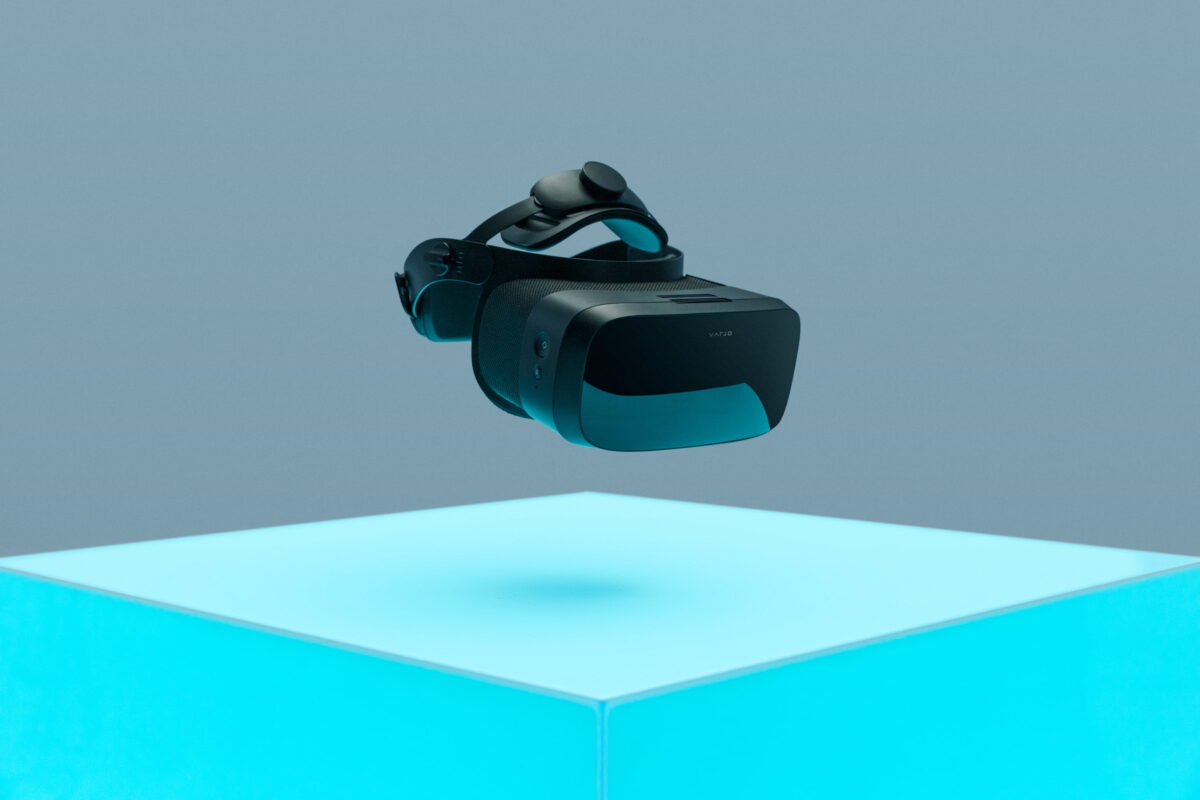Varjo Aero: Manufacturer plans with successors

Varjo Aero is the Finnish manufacturer's first VR glasses aimed at enthusiasts. And it is not likely to be the last.
Varjo makes PC VR glasses with Retina resolution. Due to their high price, the current top models VR-3 and XR-3 are only sold to companies and professional users.
With the Varjo Aero, the manufacturer launched the first device for consumers. It is aimed at sim fans and VR hobbyists who are willing to dig deeper into their pockets. For just under 2,000 Euros, they get the sharpest and clearest VR image currently available.
Varjo Aero is currently sold out
The first units of the Varjo Aero were shipped at the end of 2021. Currently, the units are sold out. On its website, Varjo states a waiting period of three to four months. The supply situation should improve from February onwards, Varjo's head of engineering Urho Konttori promises Road to VR.
Sales have apparently been satisfactory enough for the company that Varjo expects follow-ups. The Aero will "probably" become an ongoing series of devices rather than a one-off product, they say.
The question is in what direction the VR goggles will evolve. Will future models stick with existing features and sim focus for cost reasons, or will they move with the times and offer eye-tracking, a camera-based augmented reality mode, and wireless operation? In the latter case, manufacturing costs also increase.
Varjo tests cloud streaming
Another important step in the future of VR technology is cloud streaming. Last week, Varjo announced a solution to that end, but only for enterprises for now. The idea is to bypass the graphics card bottlenecks that currently exist. A first test sounds promising.
Varjo has announced that the solution could also be used for other VR headsets in the future, making high-end computers obsolete. This would - at least theoretically - overcome a high barrier to entry for PC VR.
Read more about new VR and AR devices:
- XTAL 3: High-end VR glasses with 4K displays & 180-degree field of view.
- Google plans new AR glasses, codenamed "Project Iris"
- Virtual Reality: Why Meta doesn't have to fear Apple
Note: Links to online stores in articles can be so-called affiliate links. If you buy through this link, MIXED receives a commission from the provider. For you the price does not change.